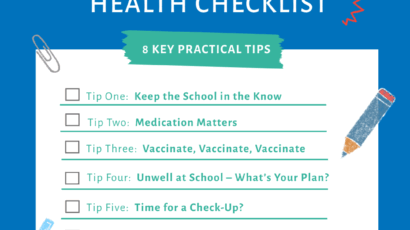Jack Frost has certainly been visiting Switzerland in the past few days. Its a beautiful Arctic-white land out there but along with this, comes the challenge of keeping our faces, fingers and toes warm enough. These are the parts of our (and our children’s) bodies that are more exposed than others when we walk or play in the snow.
Sometimes, if temperatures drop low, or we are outside for a long time, the skin and the tissues can actually freeze – this is called frostbite. If there is a wind chill or water around too then the chance of frost bite increases, as does insufficient clothing.
So what does frostbite look and feel like? The area of the body affected may be:
- tingling
- throbbing
- aching
- or sometimes numb
The skin will feel cold, hard and stiff and is white/yellow/grey.
So what should I do if I suspect frostbite?
First of all,move the whole person to a warm place – don’t start any rewarming of a frostbitten part until they are there or else the frozen part could thaw and refreeze – that causes worse, potentially irreversible damage.
Secondly, gently remove any wet, cold clothing and replace with warm, soft, dry clothing (or bandages).
Then you can start active rewarming – putting the frost bitten part in your (or their) armpits is a good method. Another way is to immerse the area in a basin of warm water for about 30 minutes. Keep the water between 40 and 42 degrees for best results – no hotter! Use compresses soaked in the water for the face and change every few minutes.
You may need to bandage the area and seek medical advice if the skin swells, reddens or blisters when it is thawing out. Remember to separate the fingers and toes when putting on the bandage and keep the area warm at all times – heat the car in advance! Its the thaw-refreezing cycle that can be so harmful.
What not to do:
As with most medical advice, there are some things which you should avoid doing so you don’t make things worse….do not rub the area as frozen tissues are very delicate and can be easily damaged. Do not use direct heat eg hot water bottles, heat packs or heaters. Finally, do not burst any blisters – they are the body’s way of keeping an isotonic dressing on an injured area.
In the meantime, wrap up warm and enjoy the snow!





